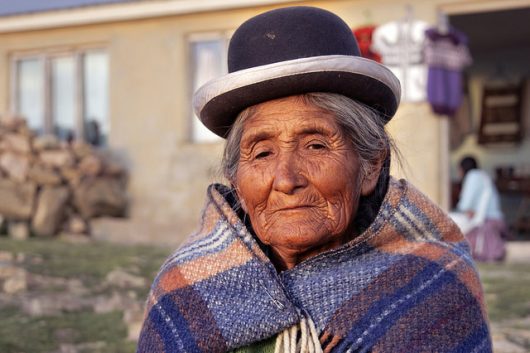
The disease is rampant in Middle Eastern and Eastern European countries. Azerbaijan, located just south of the Caucasus Mountains and home to 9.6 million people, is no exception. Every day, these people are affected by chronic diseases in Azerbaijan, which ranges from heart disease and cancer all the way to infectious diseases and HIV/AIDS. Here is a list of the top diseases in Azerbaijan that threaten local citizens.
Cardiovascular Diseases
According to the World Health Organization (WHO), 54 percent of deaths in Azerbaijan are caused by cardiovascular diseases. Between 1990 and 2013, the annual mortality rate from cardiovascular diseases in Azerbaijan has increased by 18.2 percent, with an average of 0.8 percent per year. The most severe of cardiovascular diseases in Azerbaijan is Ischemic Heart Disease. However, the number of fatal strokes in Azerbaijan has increased by 24 percent since 1990, and the number of deaths caused by Hypertensive Heart Disease has increased by 33 percent since 1990. Cardiovascular diseases are by far the number one cause of death in Azerbaijan.
Chronic and Lower Respiratory Diseases
Data shows that of the communicable diseases in Azerbaijan, chronic respiratory diseases are the most dangerous. From the list of communicable diseases, lower respiratory infections make up for half of the deaths depending on age group, and the annual mortality rate sharply increases for those over the age of 55. However, things are looking better for chronic respiratory diseases in Azerbaijan; since 1990, the annual mortality rate for lower respiratory infections has decreased by 73 percent.
HIV/AIDS
Although HIV/AIDS does not make up for a large percentage of harm, it is still a very dangerous disease in Azerbaijan. HIV/AIDS has one of the fastest-growing annual mortality rates of any other disease in Azerbaijan. Between 1990 and 2013, the number of deaths caused by HIV/AIDS has increased by 3,247 percent. As of 2015, the number of people in Azerbaijan living with HIV is estimated to be around 11,000, and it is predicted that the number will increase.
Diseases in Azerbaijan are extremely prevalent and have a large effect on citizens’ lives. Organizations such as WHO, UNICEF, and UNAIDS are all working closely together in order to properly treat current diseases and prevent future deaths.
– Morgan Leahy
Photo: Flickr









